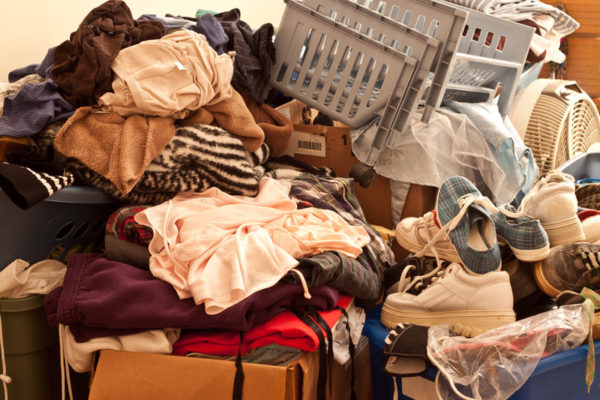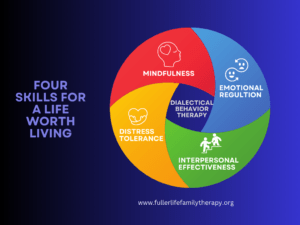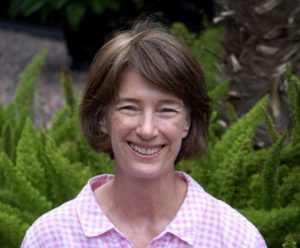Collector, Minimalist or Hoarder: Whoever Dies with The Most Toys Wins
What is your lifestyle? Did you arrive at this style intentionally? Or did you wake up one day asking, “Where did I get all this stuff?” Some of us are very purposeful about what we collect. We plan our lives so that we buy a house by age 25, upgrade to a bigger house by 30, and purchase a camper and boat by age 40.
The Intent to Stay Small
On the other hand, some keep their possessions so few they can pack up and move without renting a van. These are minimalists. They shop at secondhand stores for their family’s clothing. They grow and consume their own produce. A bicycle is their primary transportation, using a car only for lengthier trips. Minimalists are often motivated by a prudent use of the ecosystem. They struggle to accept that “12 percent of the world’s population living in North America and Western Europe account for 60 percent of private consumption spending.”
Your Neighborhood’s Style
Within your own neighborhood, you may see signs of lifestyles affected by increasing consumption. Do you see storage units flourishing in your community? Parking lots built for extraneous boats, trailers, huge RVs being stored behind high fences?
The size and décor of homes is showcased on several Home and Garden TV series. Tiny Houses is about homes which shelter families in a space of 150 square feet or less. On the other side of the spectrum, the ubiquitous house hunting and remodeling programs showcase large homes with expensive décor.
New Careers for the 21st Century
Our love for collecting is contributing to the flourishing professional organizing business which has sprung up worldwide in just the last 25 years, creating new niche careers.
Ellen Delap, a local certified organizer, attests to the growing popularity of people consulting organizers to make their homes more livable and less cluttered.
A Japanese organizer, Marie Kondo, is famous for her tidiness program. She began developing her method when she was a five- year-old interested in home organization. Her first book, “The Life Changing Magic of Tidying Up” describes a scaled down and totally tidied home life. Kondo can be seen on YouTube, Marie Kondo: “The Life Changing Magic of Tidying Up” | Talks at Google https://www.youtube.com/watch?v=w1-HMMX_NR8
Too Much of a Good Thing?
Recent television shows bring “hoarding disorder “one of the newer mental health problems, to our attention. Television illustrates people with hoarding disorders living in the chaos of their own homes. These programs display piles of newspapers, boxes of unworn shoes or unopened toys. Piles of clothing barely leave space to walk through the home. Do you think these homeowners are inundated by their offspring’s’ discarded childhood treasures? Have they inherited their relations’ household furnishings and lifetime collections? Not necessarily.
Hoarding Disorder
Actually, hoarding does not require help from either of these sources. Hoarding disorder is characterized by ongoing difficulty in discarding possessions. Hoarders try to “save” the items, even though they are not needed and there isn’t adequate space for their collection. They do not perceive anything abnormal about these behaviors. Having “excessive acquisitions” is often denied by hoarders, who typically feel anxiety when others try to limit their collecting. The two to six percent of Americans and Europeans displaying hoarding symptoms are predominantly males over 55 years of age. According to the Diagnostic and Statistical Manual of Mental Disorders (DSM-5), 75% of hoarders also suffer from a depressive or anxiety disorder.
Downsizing
Another phase in the life of consumers is the downsizer. These are people who are at retirement age. They no longer need to build a home for future children. This segment of the population:
- Is happy with their lives and comfortable with purging any excess and,
- Enjoy the freedom of having fewer possessions to keep tidy and in good repair.
On the other hand, some of them:
- Live with regret for unrealized dreams.
- Are not ready to step down from their leadership roles at work, in the community and church.
- Are unwilling to pass the torch to younger generations.
- Have declining social networks as increasing numbers of their friends and families die.
- Are shifting from participant to bystander at work or in their communities.
- After downsizing their possessions, they may opt for the convenience of apartment or senior community living.
What’s your lifestyle? Have you arrived at this intentionally? Are you content with your circumstances? Do you allow others to enjoy their own way of life, although it may differ from yours?
Perhaps you might take time to consider which category best describes your lifestyle. If you find you or someone you care about needs help with hoarding, here are some resources that may be helpful.
- International OCD Foundation
- The Hoarding Disorder Resource and Training Group
- Resources For Families and Children of Hoarders
- Help for Hoarders: Resources for Hoarders and Their Loved Ones
This holiday season may highlight the differences between family and friends’ various styles of living and giving. You will be challenged as you try to buy the perfect gift for those having different styles than your own. If you are a minimalist who objects to wastefulness, your values may clash with those who are not mindful of over consumption. And as a minimalist receives gifts, they may have to bite their tongue while receiving the gift offerings of their friends who are collectors. Whatever your circumstance, let us remember, “Peace on earth to all!”
Laura is an LPC-Intern, under supervision of Dr. Amy Fuller, LPC-S, in Houston, Texas.








